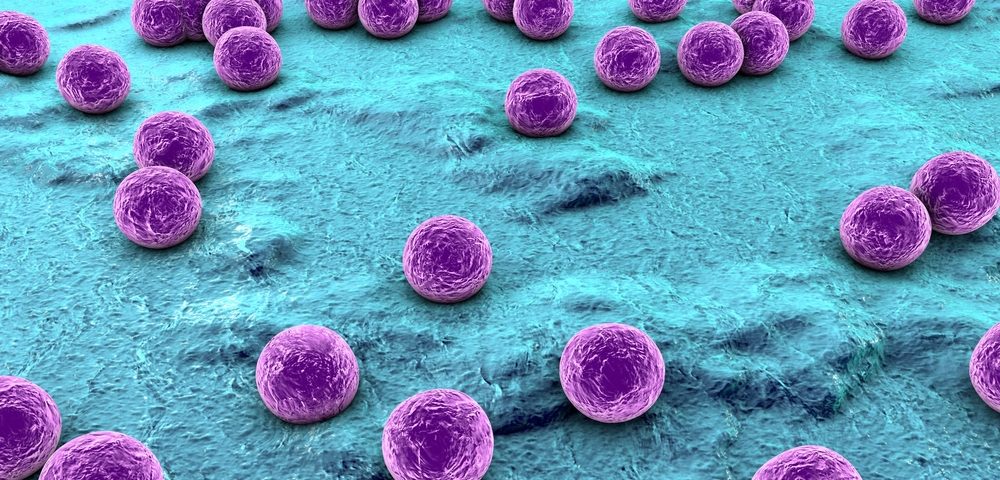The U.S. Food and Drug Administration (FDA) has granted orphan drug designation to EnGeneIC’s doxorubicin-loaded EDV nanocells to treat glioblastoma multiforme (GBM), the most aggressive form of brain cancer.
The designation, offered only to drugs meant to treat rare diseases that affecting fewer than 200,000 Americans, qualifies Australia’s EnGeneIC for various development incentives, including tax credits for qualified clinical testing.
“We are pleased that the FDA has granted Orphan Drug Designation to our targeted EDV nanocells for the treatment of GBM, a difficult-to-treat cancer indication with an especially poor prognosis,” Jennifer MacDiarmid, PhD, joint-CEO and director of EnGeneIC, said in a news release. “This is not only an important U.S. regulatory milestone, but an exciting step towards our U.S. clinical advancement.”
EnGeneIC’s lead technology platform, EDV, uses antibody-targeted, bacterially derived, non-lining ‘”nanocells” to release high concentrations of chemotherapy agents, targeted drugs or RNA-based therapies directly into tumor cells. EDV is called a nanocell because it derives from a genetically modified bacterium that divides both centrally and at its pole, generating a small portion that does not contain a chromosome.
While only 1/200th the width of a human hair, these structures can carry up to one million molecules of an anti-cancer drug such as Adriamycin (doxorubicin).
After loading the particle, researchers use a bispecific antibody that binds to the EDV and ensures it will be delivered to cancer cells. Bispecific antibodies are those that recognize two distinct molecules. While one domain recognizes a protein from the EDV, the other domain will recognize a specific cancer cell protein, which varies depending on the type of cancer.
One particular feature of this technology is that it does not require the cancer antigen to be unique to cancer cells. Indeed, given their size, EDVs can only exit the bloodstream in regions of leaky blood vessels associated with tumors, allowing researchers to target the EDVs to receptors like EGFR, which is overexpressed in cancer cells but is also found on normal cells.
After binding to the tumor cells, EDVs are taken up and broken down, releasing their toxic payload and killing the cells. Importantly, EDVs that fail to reach the tumor are engulfed by immune cells, which helps bypass the immuno-suppressive environment established by the tumor.


